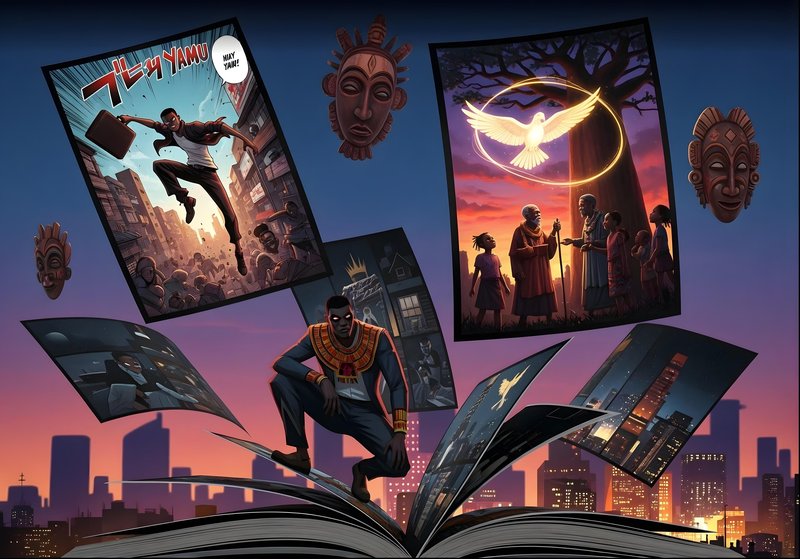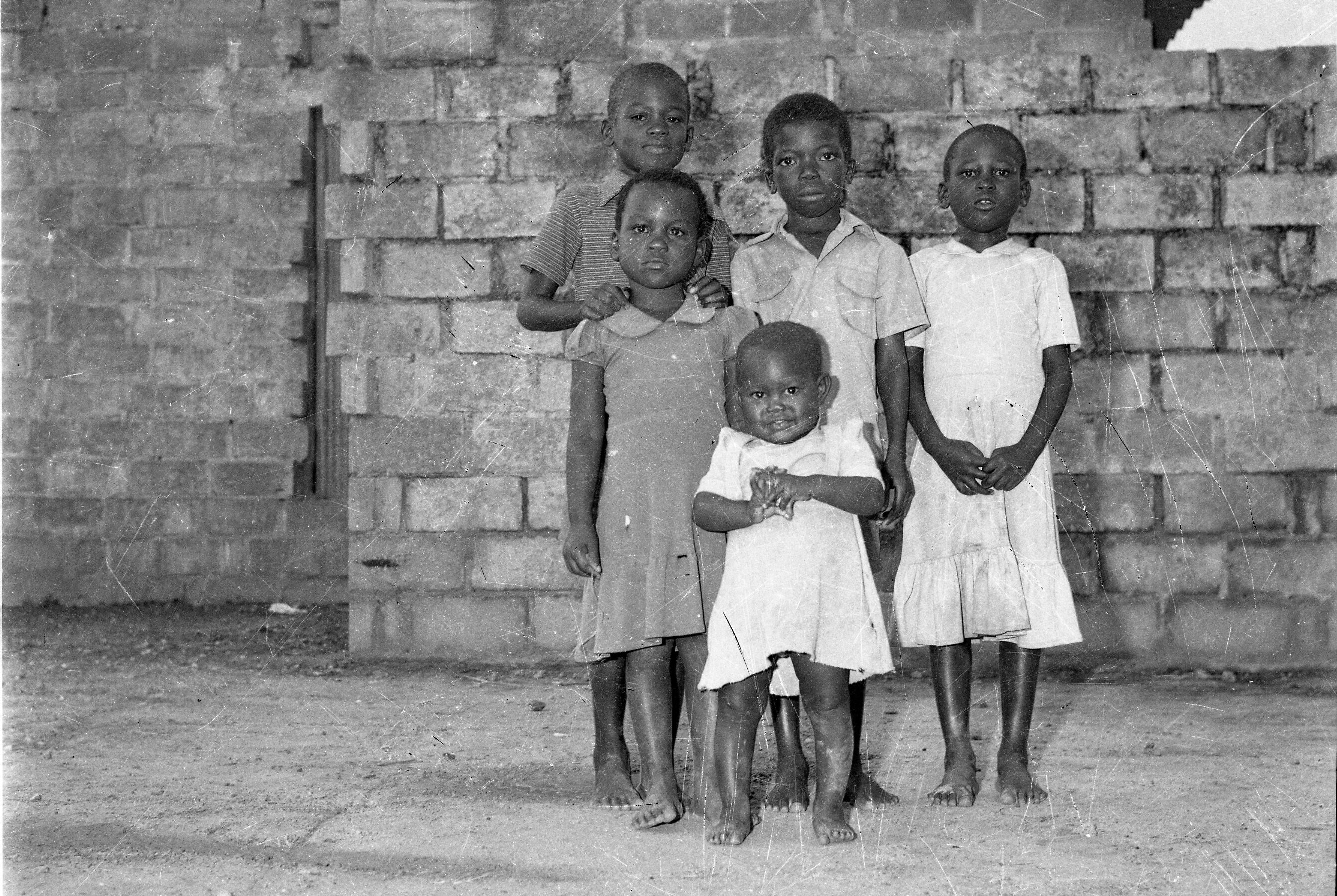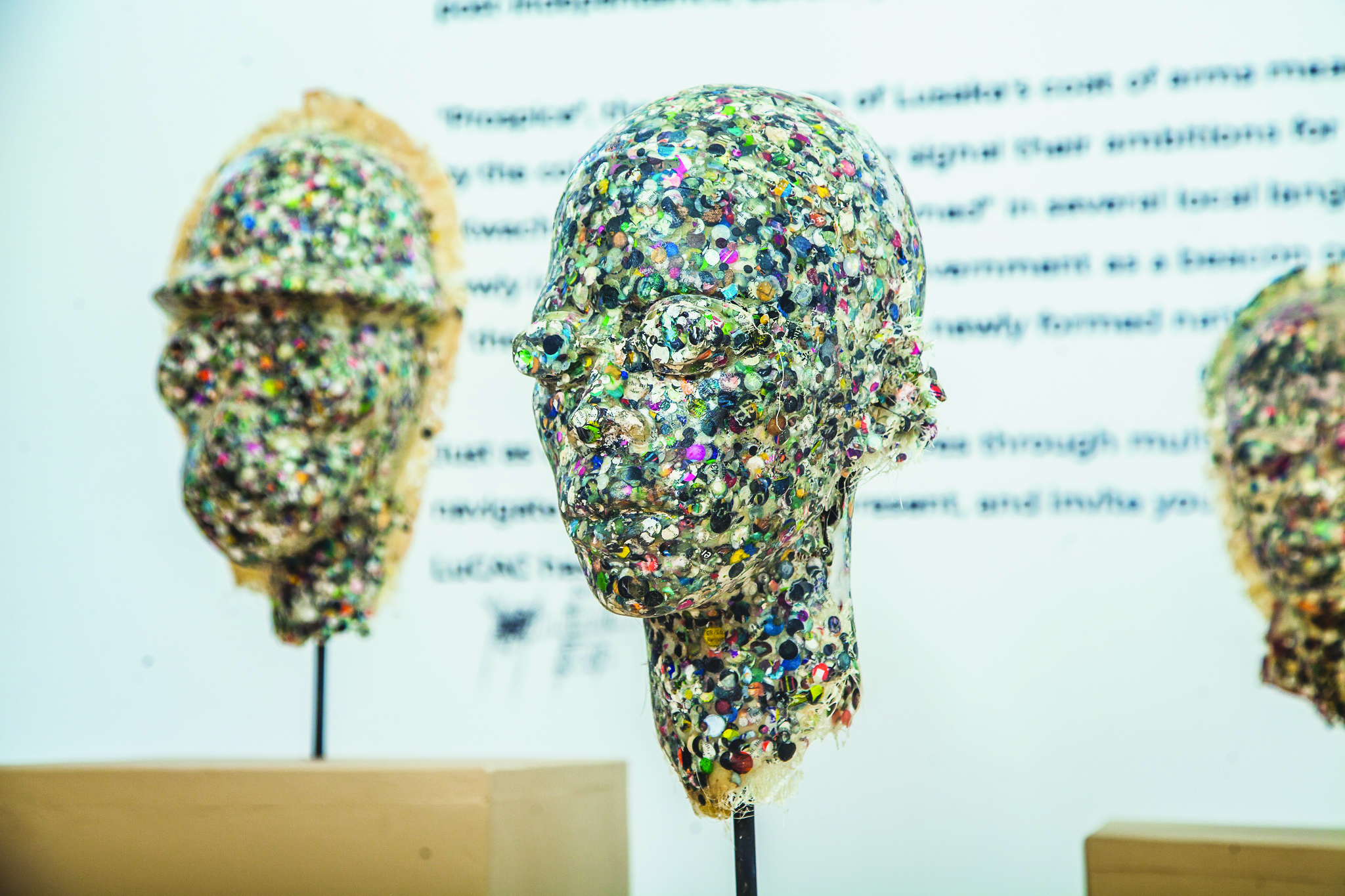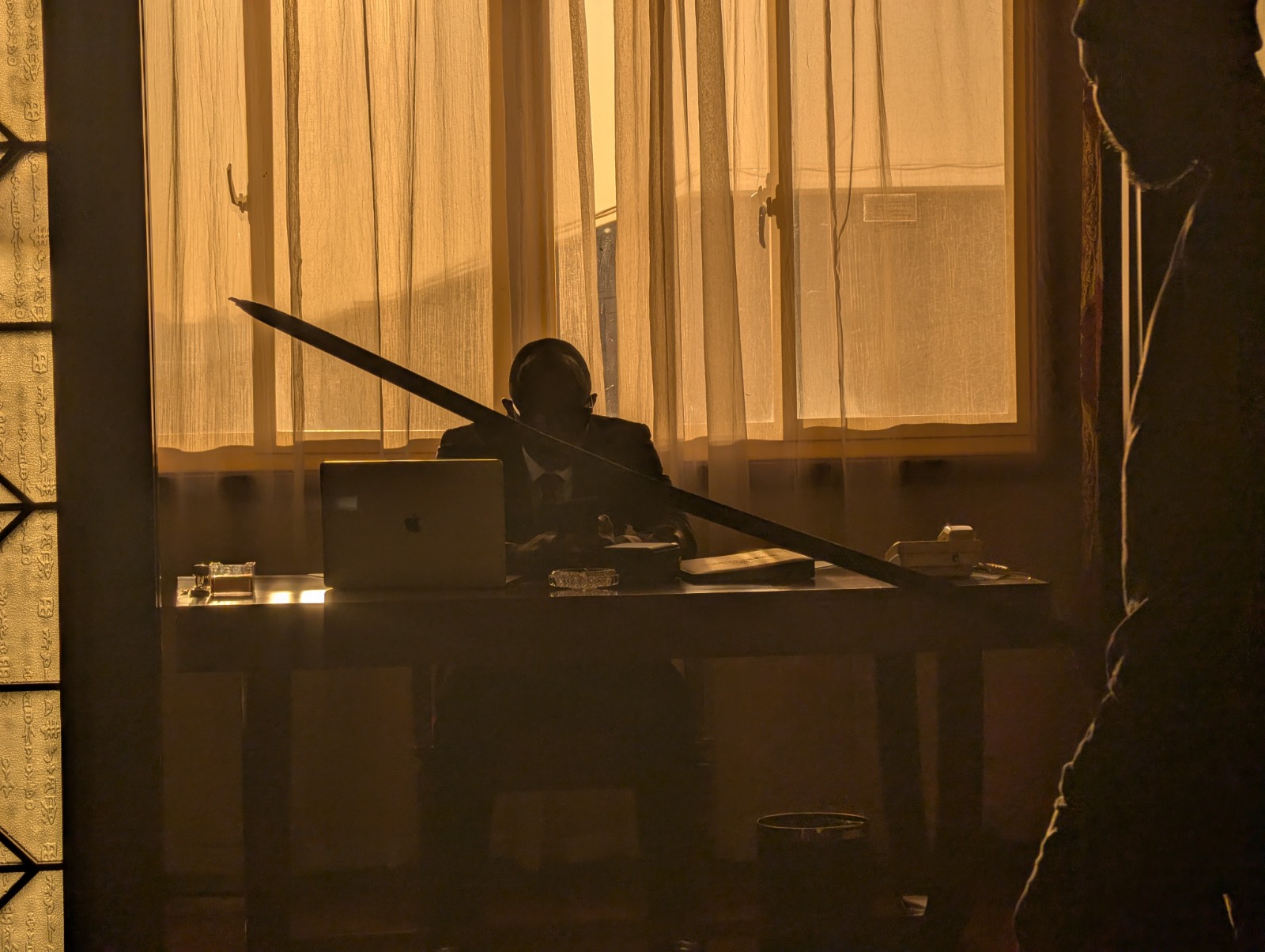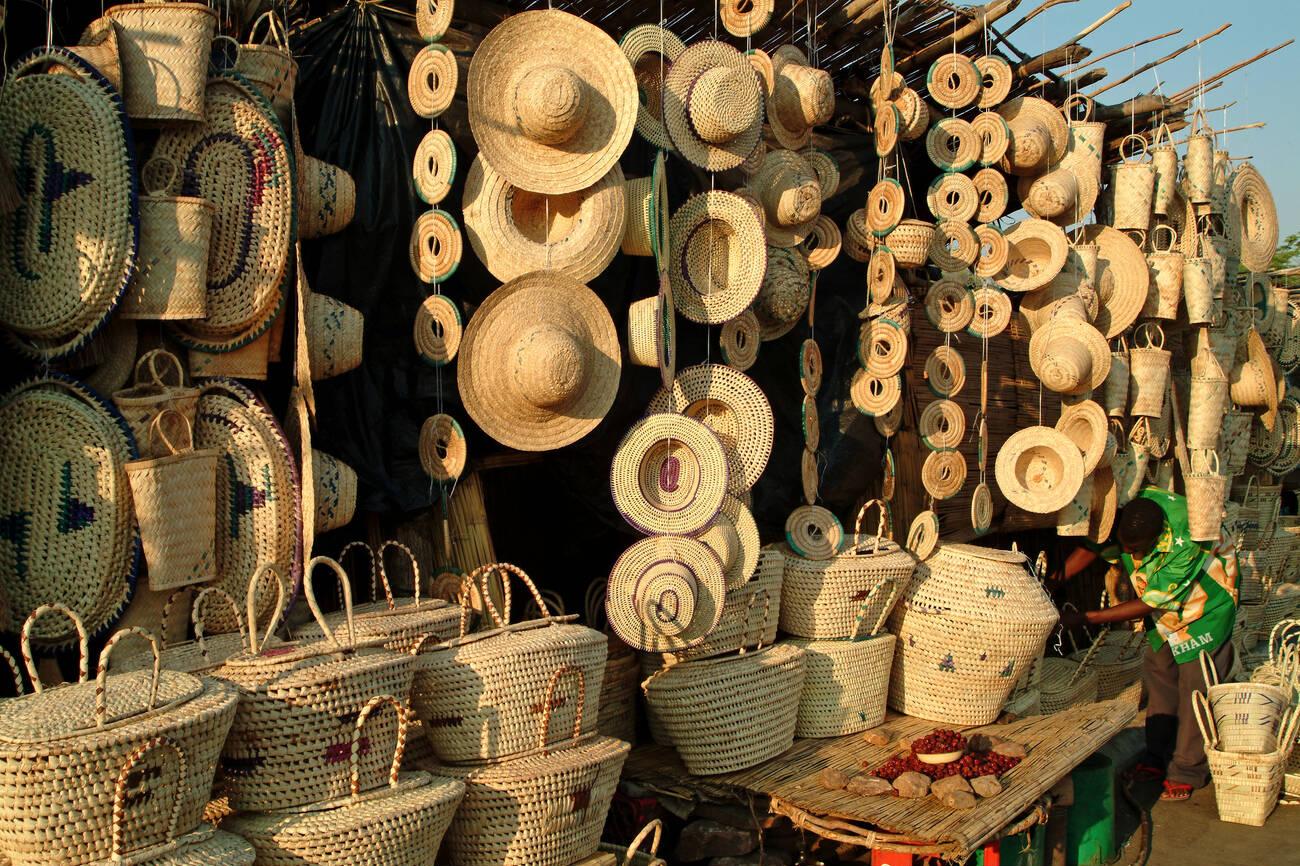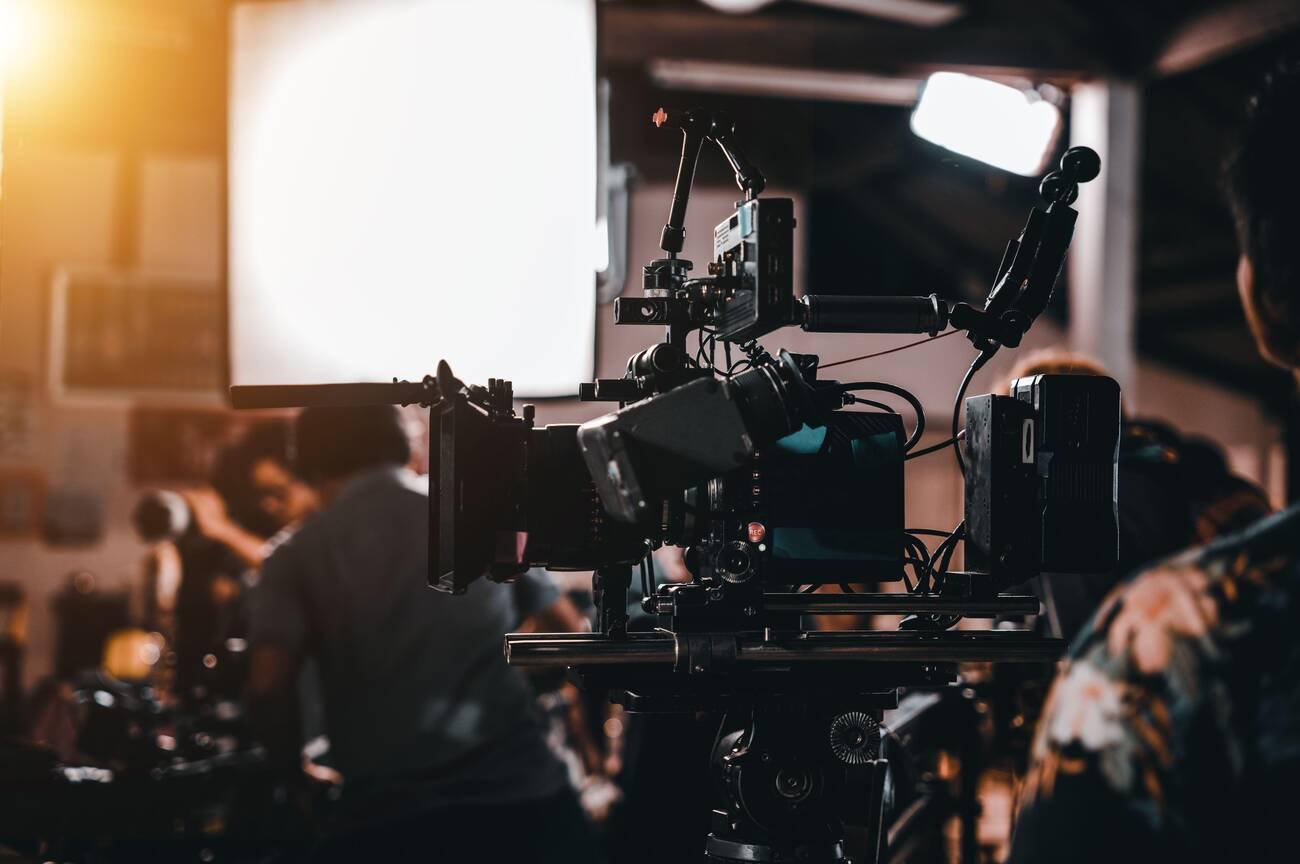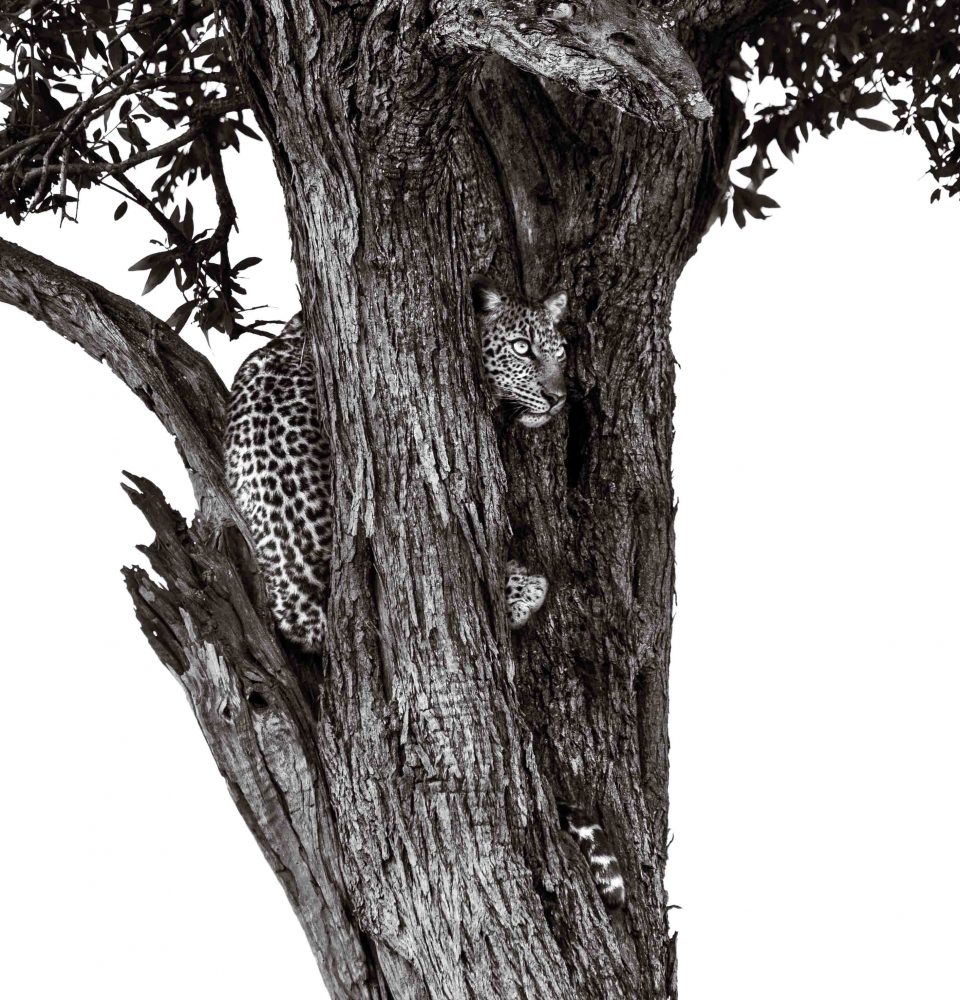Zambia’s graphic novelists are carving out a bold new space in African storytelling. But who are these artists, and why does their work matter?
The first comic book I ever held was Batman 614 – Hush Part 7: The Joke – Joker. I remember the gritty style of Jim Lee’s underworld of Gotham and Batman’s no-kill rule, which was tested to its limit against the Joker’s lethal actions. The comic’s cover was a close-up of Batman’s black gloved hands choking a laughing and bloodied-up Joker. The Joker’s face was so raw, almost leaping off the page, so compelling that I couldn’t resist buying the comic and diving into that world.
From comic books, I was introduced to graphic novels such as Pride of Baghdad by Brian K. Vaughan and Monsters by Barry Windsor-Smith. Unlike comic books, both novels took years to create, with their genre-bending storytelling and unfiltered artistry deserving every bit of praise. These books sparked my interest in finding out if there are artists and writers in Zambia who tell their stories in such media, so I began my search for them.
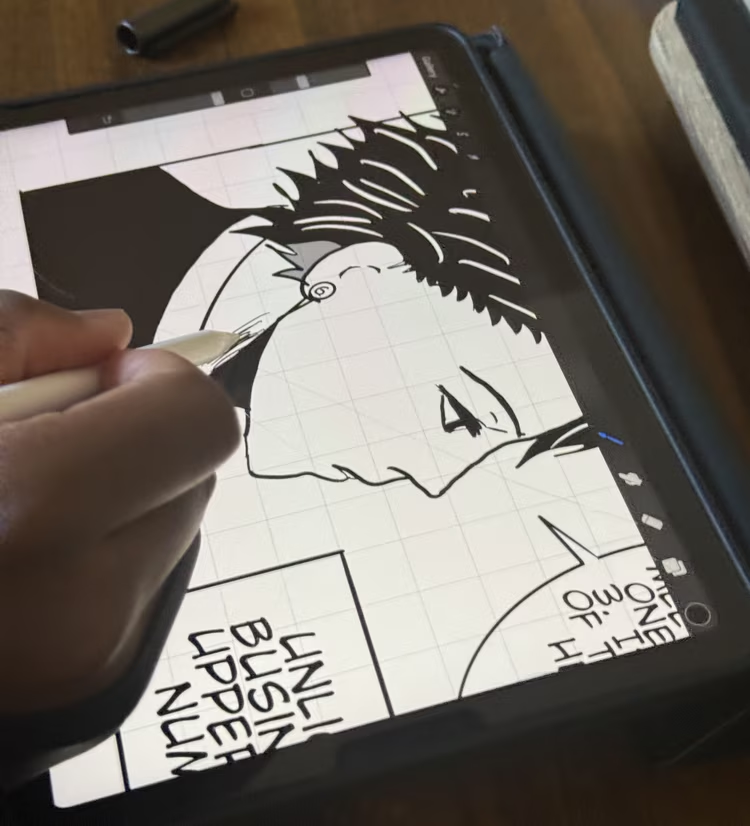
Comic Con
Let’s take a realistic look at the number of graphic novelists in Zambia. I began my search for them by attending theLusaka Comic Con.
- LSCON (Lusaka Comic Con): The biggest comic con event in Zambia, where creatives get to meet their favourite creators, and if you’re a creative yourself, like I am, you get to also showcase your work. As I displayed my work of fine art, I walked around to meet other creatives. I realised that many were anime fans (Japanese Animation and Creative Lifestyle). Anime cosplay, anime posters and shirts and Manga (Japanese comic) dominated the scene.
Creators tailored their crafts and books to appeal to fans of Japanese animation. I was looking for characters that gave us a look into the lives of Zambians and our culture, but it was an anime kind of expo, and I get that, it’s a running theme for LSCON, nothing wrong with that, it’s up to the creator to make something different.
After Comic Con, my online search led me to discover interesting creatives.
Zambian Comic Creators
- Tinotenda Mangwanda aka tjr_draws: A Manga artist who created “unlicensed businessman”, a story about a young man named Katsu Yamu who has to find his sister as he makes his way through the criminal underworld. It’s entertaining and complete fun. A character with a Japanese name and drawn in a Japanese style of art. The manga is well executed. But it raises an important question: will these creators explore African culture more deeply and boldly to tell our stories, or does sustaining a viable income in graphic novels depend solely on appealing to anime enthusiasts?

- Mabvuto Comics: by Technoboy Arts – A Zambian webcomic about a single unlucky young boy trying to live a normal life. The comic strips are short, funny, and capture everyday Zambian life in a way that leaves you craving more. I enjoyed each comic strip as they centred on the familiarity of the Zambian life, and the style of drawing was stick figures that are popularly known across social platforms such as TikTok, Facebook and Instagram.
- Dambo Lathu (“Our Swamp”): I also stumbled upon comic books and creators that create for the benefit of educating children and adults as well. Dambo Lathu is a four-episode comic book series created by PMC (Population Media Centre), an organisation that uses entertainment-education and mass media to promote social and cultural change. Through this comic book, they reached students and community members throughout Katete and Chadiza districts in Eastern Province in Zambia, sparking conversations around gender-based violence, HIV prevention, and early marriage. The comic is styled in a school child type of format, with bold colours and dialogue between characters that talk about important topics that teenagers and kids should know about.
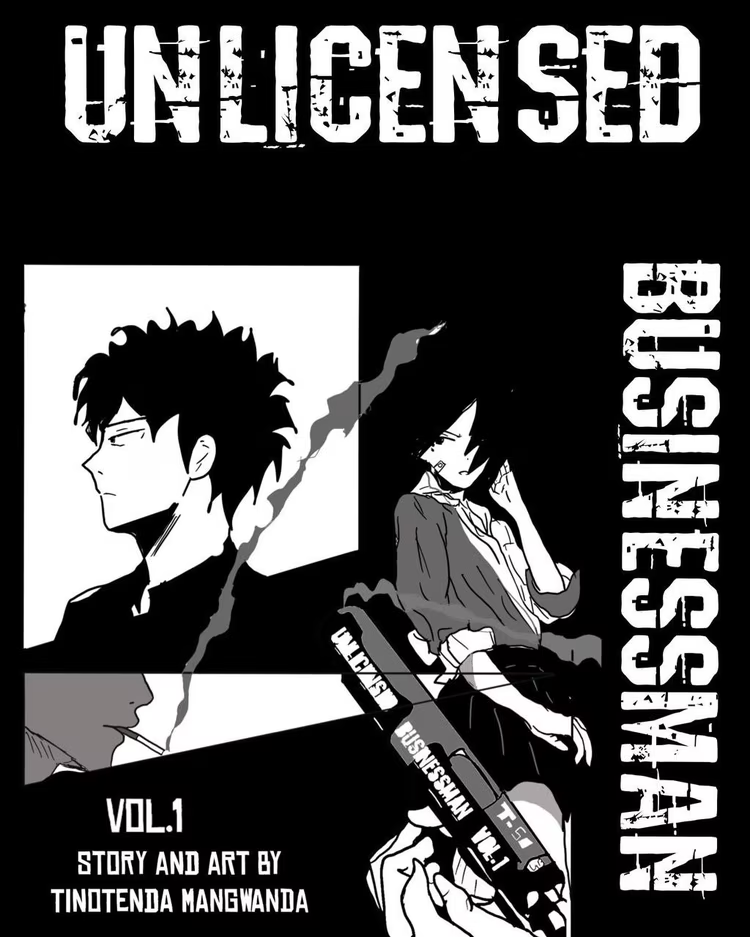
- Vincent Heselwood: Though not a Zambian and hailing from England, Manchester, he created a graphic novel called “Meanwhile in Zambia”. A piece of material that is, according to him, “Part memoir, part travelogue and part comedy, Meanwhile in Zambia recounts my experiences with my partner Sasha, working with rural communities in the Southern Province of Zambia.” Unlike the regular graphic novel created with digital means or carefully picked utensils, the novel is easily noticeable that it’s drawn with simple pencils without the use of ink. Very well drawn, the style stands on its own, as it resembles the work of a high school student in class, making the book very inviting to both kids and grown-ups. For four years, Vincent immersed himself in Zambian life, offering the world a glimpse of it through his book. I believe that Zambian creators have the opportunity to take it even further, knowing they are native to the country and can delve even deeper into our stories.
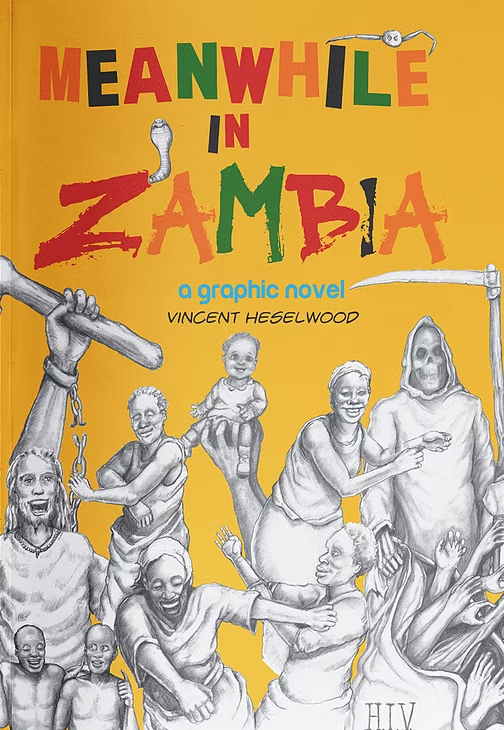
Where to Find Zambian Comic Books
- Webtoon: Independent artists will find a way to put their work out there in the world, and Webtoon provides just that. A digital platform that can be easily accessed through mobile devices, making it easier for people to read comic books/graphic novels.
- Instagram: Yes, it’s another platform where artists showcase their art and reach thousands of people, cheaply. Zambian artists have been using this platform to reach their audience and sell physical copies of their graphic novels and other material. Simply send a message asking about their comic, and they can send it to you after an exchange of details.
- LSCON (Lusaka Comic Con): Zambia’s version of Comic Con that takes place in Lusaka, it hosts artists from different parts of the country to showcase their talent, music, art, books, toys, etc., bringing them together to celebrate themselves as artists.
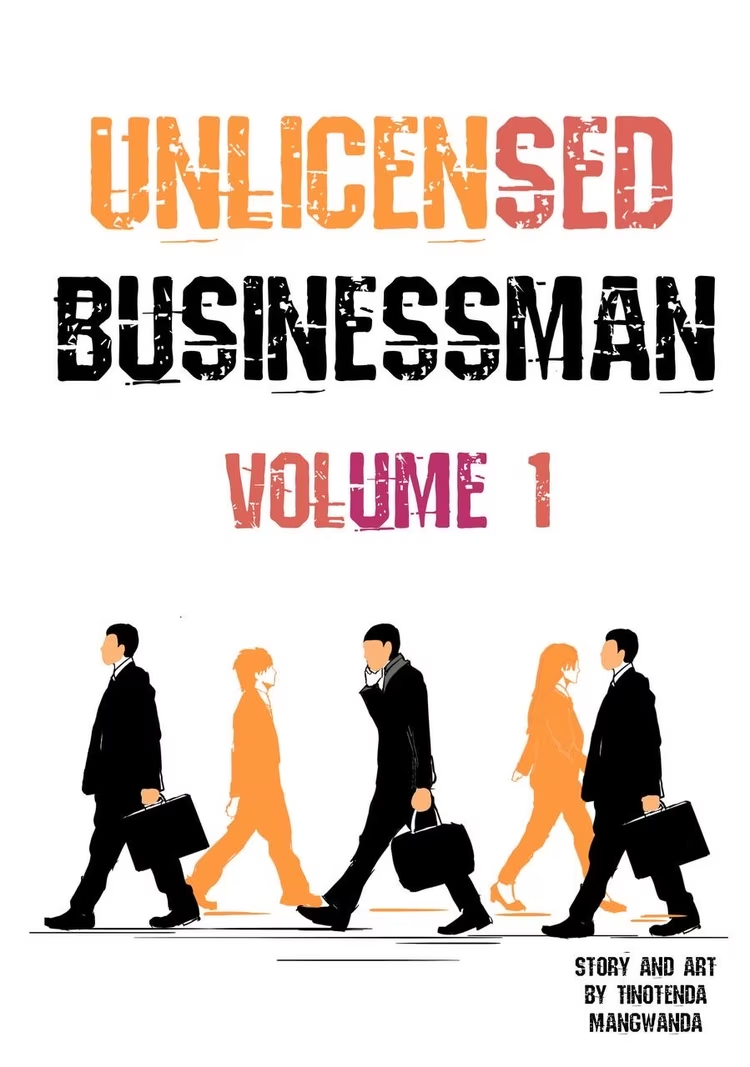
The Future of Zambian Graphic Storytelling
Creating a graphic novel is no easy feat. It can demand a great deal of time and money, only for you to discover there’s little to no market for it. Perhaps that’s why many artists lean towards anime-inspired styles—because they know there’s already an audience for that. But I believe Zambian artists hold a unique advantage: the ability to craft something the world has never seen, as long as Zambian culture and people remain at the heart of that creativity.
Zambian readers need to know that there are graphic novels about them, regardless of the genre you choose. Collaboration is key. Engage with fellow creatives and attend events like Lusaka Comic Con to help bring your work to larger audiences.
If a few schools are teaching this craft, then teach yourself. Let your passion lead the way by pursuing it relentlessly. Because if you don’t create, Zambian stories may remain untold. So, tell them, regardless of the equipment or technology you may lack.
Let’s be honest: the artwork in a graphic novel often draws the reader in first; the story comes second. As Todd McFarlane, founder of Image Comics, once said, “I can sell a book drawn by Michelangelo and written by my dog… but I can’t sell a book written by Shakespeare and drawn by my mum.”
So take your time. Be bold. Create something meaningful and enjoyable. Read your history. Listen to the old stories from your elders. If foreign artists find our narratives compelling, why shouldn’t you? The evidence of our presence in this space depends on the work you choose to put out.
